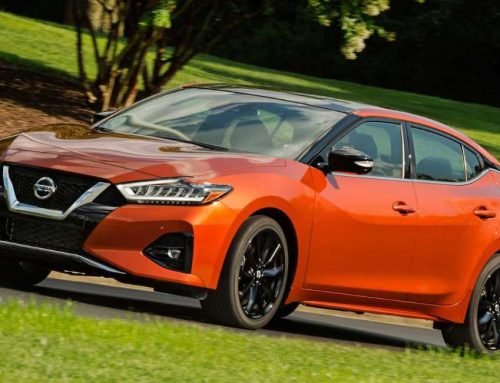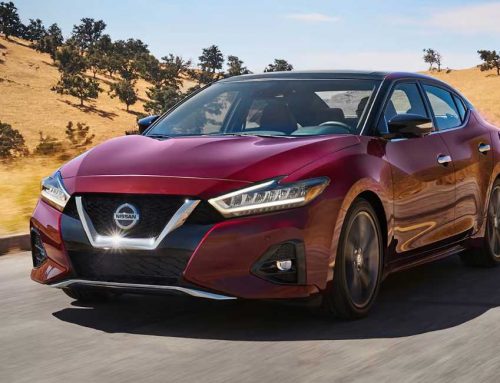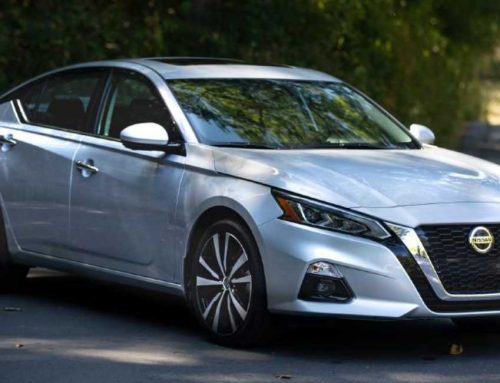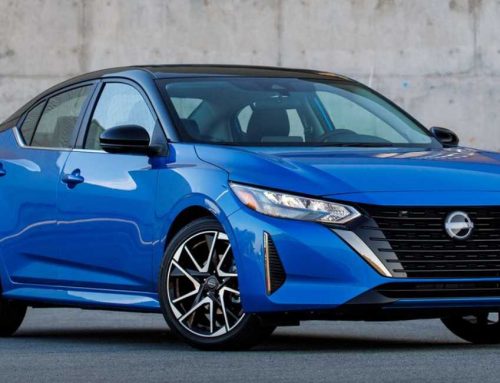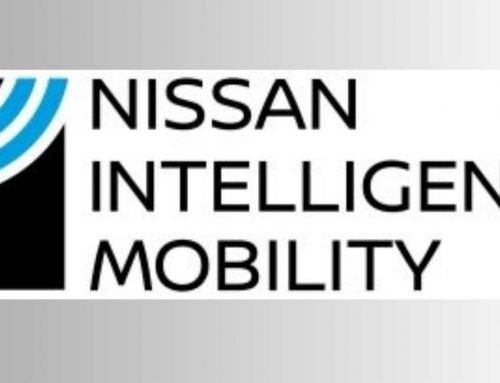When Nissan Juke was launched in the United States back in 2011, many car enthusiasts took a bit of time to get used to the funky-looking, frog-eyed, unusually proportioned small crossover. Just 7 years later, you can see a Juke on almost any road in the US. But according to an Automotive News report, Nissan has officially dropped the subcompact crossover from its US lineup.
Weak sales due to the “divisive” styling was the supposed reason of its demise, adding the fact that Nissan sold only 10,157 of these babies in 2017—a massive 48% decline from 2016’s sales. The Nissan Juke’s target market was young, cool, single guys who are looking for a sporty car. Apparently, the Juke was too edgy and too cool for the American taste. And Nissan probably got tired of hearing complaints and criticisms over its polarizing looks.
In Europe, however, the Juke enjoyed decent success, with more than 95,000 units sold in 2017. The company’s Sunderland UK plant even celebrated its 1 millionth Juke assembly just a couple of weeks ago.
The New Nissan Kicks was the Nissan Juke replacement, a new subcompact crossover with a less outlandish design. Retailing at $18,965, it is cheaper by $1000 than the Juke.
The Nissan Kicks—Can It Really Kick the Market?
The Nissan Kicks is more conventionally designed as a subcompact crossover, focusing more on features and interior space. It is larger than the Juke, longer by 3.5 inch at the wheelbase, an increase in length by 6.7 inches, and 0.6 inch taller. The Kicks also offers 25 cubic feet more cargo space which is twice larger than the Juke, plus an added headroom and legroom.
The jump in size is well noted, however, the Kicks would have benefited from an upgrade on what it has under the hood. The replacement is almost a disappointment with its aspirated 1.6 L inline-four engine that produces a laughable 125 horsepower and 115 lb/ft of torque. That’s a deficit of 63 horsepower and 62lb/ft torque that’s lacking power because of the lack of turbocharger.
The limitation to automatic transmission on a front-wheel drive further saps the fun. There is no option for a 4WD, or for a 6-speed manual transmission that was previously offered on the Juke.
One thing that might somehow excite the buyers is the two-tone color schemes, that include orange, red, or white with a black roof; blue and a white roof; gray and an orange roof. The interior is more modern than its predecessor, with a dazzling dashboard design that features a 7.0 inch display complete with Android Auto and Apple CarPlay.
Other Nissan Kicks Advantages
The very basic Kicks S features automated emergency brakes, backup camera, Bluetooth and a number of USB ports. Picking the SV will get you 17-inch wheels, blind spot monitoring, remote start, and auto-climate controls. Kick it up a notch with the Kicks SR and you get several exterior upgrades like fog lights, chrome grille accents, body-color bumper inserts, 360-degree camera system and LED accent lights.
Another thing you’ll like about the Nissan Kicks is price and fuel economy. At 33 miles per gallon, that’s 4 mpg lower than the Juke. As earlier mentioned, the Kicks is cheaper by a grand than its predecessor.
So you might ask—with its boring automatic transmission, sleepy 125 hp engine, front-wheel drive only features, who is Nissan going to market the Kicks to? Well, it will probably sell to people looking for a tech-laden interior who don’t intend to race to their destinations.
The upholstery stitching is premium-looking, and its dashboard is similar to the Volkwagen GTI’s. The large 7.0 touchscreen display is also eye-catching, and the Bose sound system plays music like you’re inside the studio itself, pretty impressive for a low-range budget car. The speakers are mounted on the headrest and can be tuned to maximize the sound delivery for the entire cabin. Drivers can access social media via 3 connections—NissanConnect, Apple CarPlay and Android Auto.
Final Thoughts
With the death of Juke in the United States and the birth of the Nissan Kicks, we hope to see better market reception of the latter. Although the low power figure of the Kicks is disappointing, the technology incorporated into the car’s interior might appeal to millenials who do not care about not driving a roaring sports car.
While low power can be shrugged off if your only interest in buying the car is you get from point A to B, the stiff steering is dismal. You almost cannot feel what’s happening with the front wheels, and you will be sorely disappointed and bored with its run of the mill automatic transmission drive. But you can at least enjoy the drive in comfort with its NASA-inspired seats plus the extra head room and leg room.

